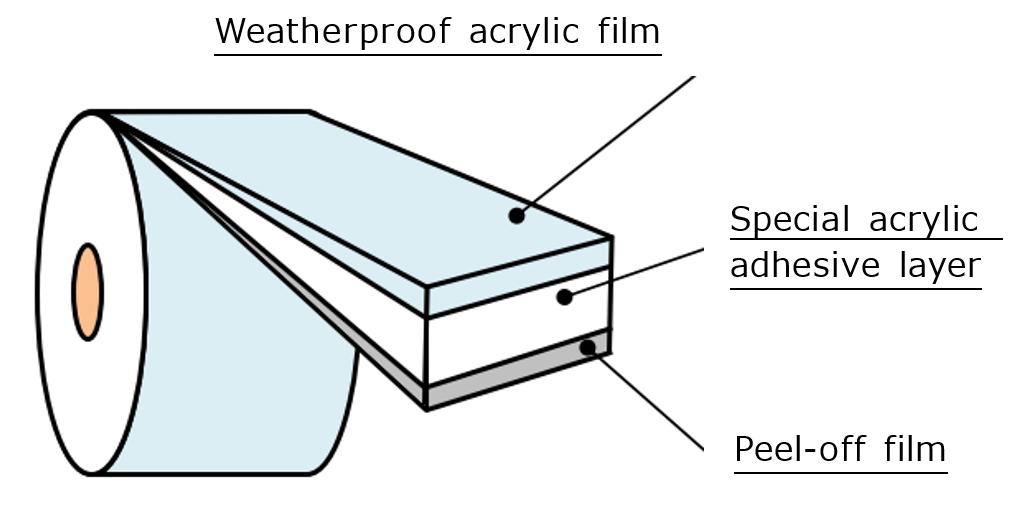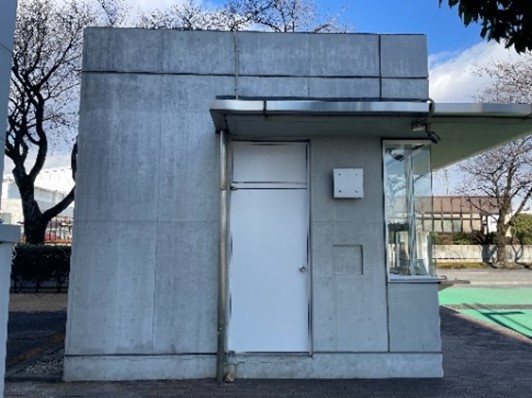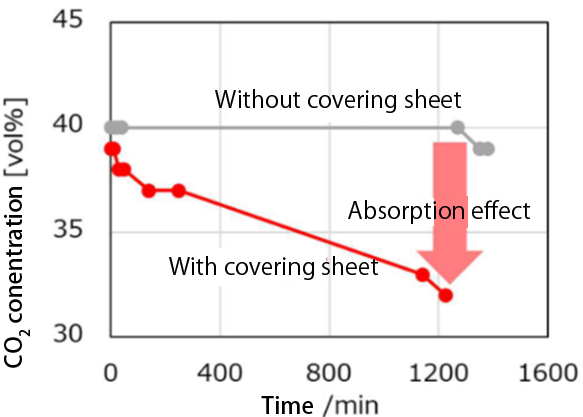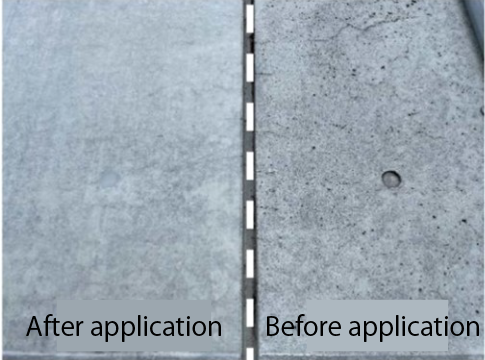This Page is Home![]() Updates
Updates
What's New
Penta-Ocean Construction Co., Ltd.
Takuzo Shimizu, President, CEO and Representative Director
Development of Concrete Surface Covering Sheet with CO2 Absorption Properties
Tokyo, Japan - Aug. 18, 2025 -Penta-Ocean Construction (President Takuzo Shimizu, hereinafter POC) and Sekisui Chemical Co., Ltd. (President, Keita Kato, hereinafter Sekisui Chemical) have jointly developed a concrete surface covering sheet designed to prevent the degradation of concrete structures. Unlike conventional coatings, this sheet demonstrates anti-degradation properties through its application on surfaces, and also features CO2 absorption capabilities. Even after application, users can conduct a visual inspection of the concrete surface through the sheet.
[Development background]
Concrete degradation primarily occurs due to infiltration of CO2, chloride ions, and moisture. Conventional anti-degradation measures involve coating concrete surfaces with organic compounds to prevent the infiltration of deterioration factors. However, traditional coating methods present several challenges: they require additional drying time after application and limit visibility for inspection, because the coating covers the entire concrete surface. Moreover, the coating decreases the concrete’s natural capacity to absorb CO2.
By combining POC’s expertise in the maintenance of marine concrete structures with Sekisui Chemical’s advanced adhesive-compounding, coating and sheet processing technologies, the two companies have jointly developed a CO2-absorbing covering sheet that enables visual inspection of the concrete surface (Figure 1).
[Outline of the technology]
1. Transparency
The transparent sheet enables visual inspection of concrete surfaces after its application, facilitating early detection of degradation such as concrete cracking.
2. CO2 absorption properties
The adhesive layer of this sheet exhibits CO2 absorption properties. An acceleration test was conducted in which the sheet was placed in a sealed testing chamber to measure the CO2 concentration changes with time (see Figure 2)*1. Based on the test results, the sheet is projected to maintain its CO2 absorption capabilities for about ten to twenty years after application.
3. Salt-shielding Properties and durability
The sheet meets the salt-shielding performance standards for organic surface coating methods as stipulated in the “Outline of Recommendation for Concrete Repair and Surface Protection of Concrete Structures” established by the Japan Society of Civil Engineering*2. Additionally, thanks to the highly durable film on the outermost layer of the sheet, it allows long-term use even in harsh outdoor environments by protecting itself from deterioration.
4. Application area
The sheet should be applied to surfaces that are dry and smooth. It is ideally suited for structures where the chloride ion concentration at the steel reinforcement position in the concrete does not exceed the limit where rebar starts to corrode (applicable to recently constructed structures).
[Trial application and future development]
Pictures 1 and 2 show the results of a trial application on the reinforced concrete wall (RC) of the guardhouse at POC’s Institute of Technology. The trial confirmed that this sheet was easy to apply and remains transparent after installation. Moving forward, we plan to introduce the sheet on concrete structures in both civil engineering and building construction projects to enhance and extend their lifespan.
*1 Conducted in air with a CO2 concentration 1000 times higher than that of ambient air.
*2 Empirical testing was conducted to compare chloride ion penetration in concrete samples soaked in salt water for 63 days, with and without the sheet. The concrete without the sheet showed chloride ion penetration of approximately 25 mm, whereas the concrete with the sheet showed no measurable penetration.




